bldg. 51 museum hosts saic historic preservation graduate program student field study trip
This entry was posted on March 9 2017 by Eric
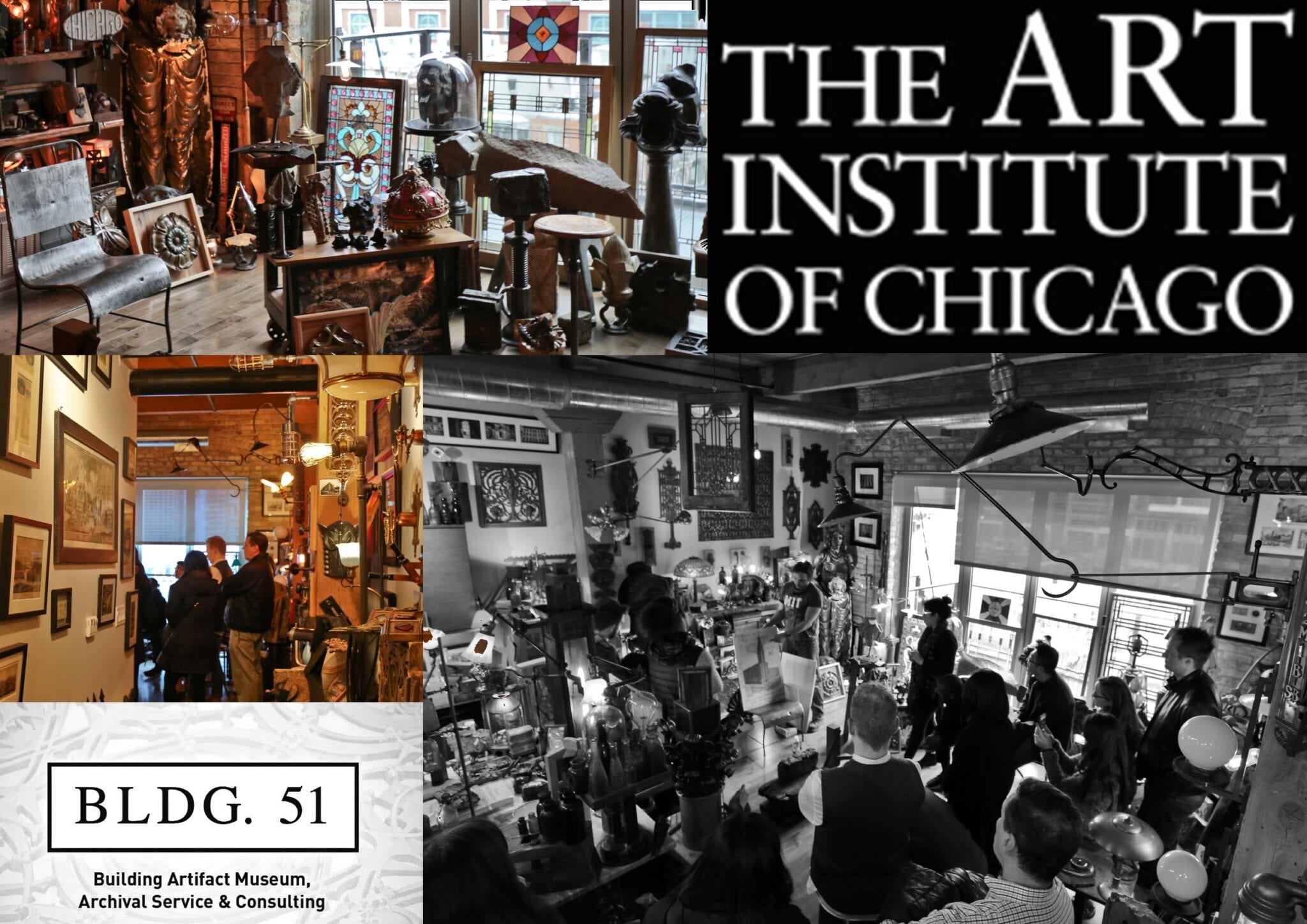
i was deeply honored that the bldg. 51 museum was chosen as the destination for the prestigious school of the art institute of chicago's architecture and historic preservation department annual field trip, where students engage with and carefully analyze artifacts (housed in the bldg. 51 museum collection) during a brief lecture, followed by discussion bolstering critical thinking of the historically important objects, their narratives, and how they align with the interests of the students and/or facets of their programs of study.
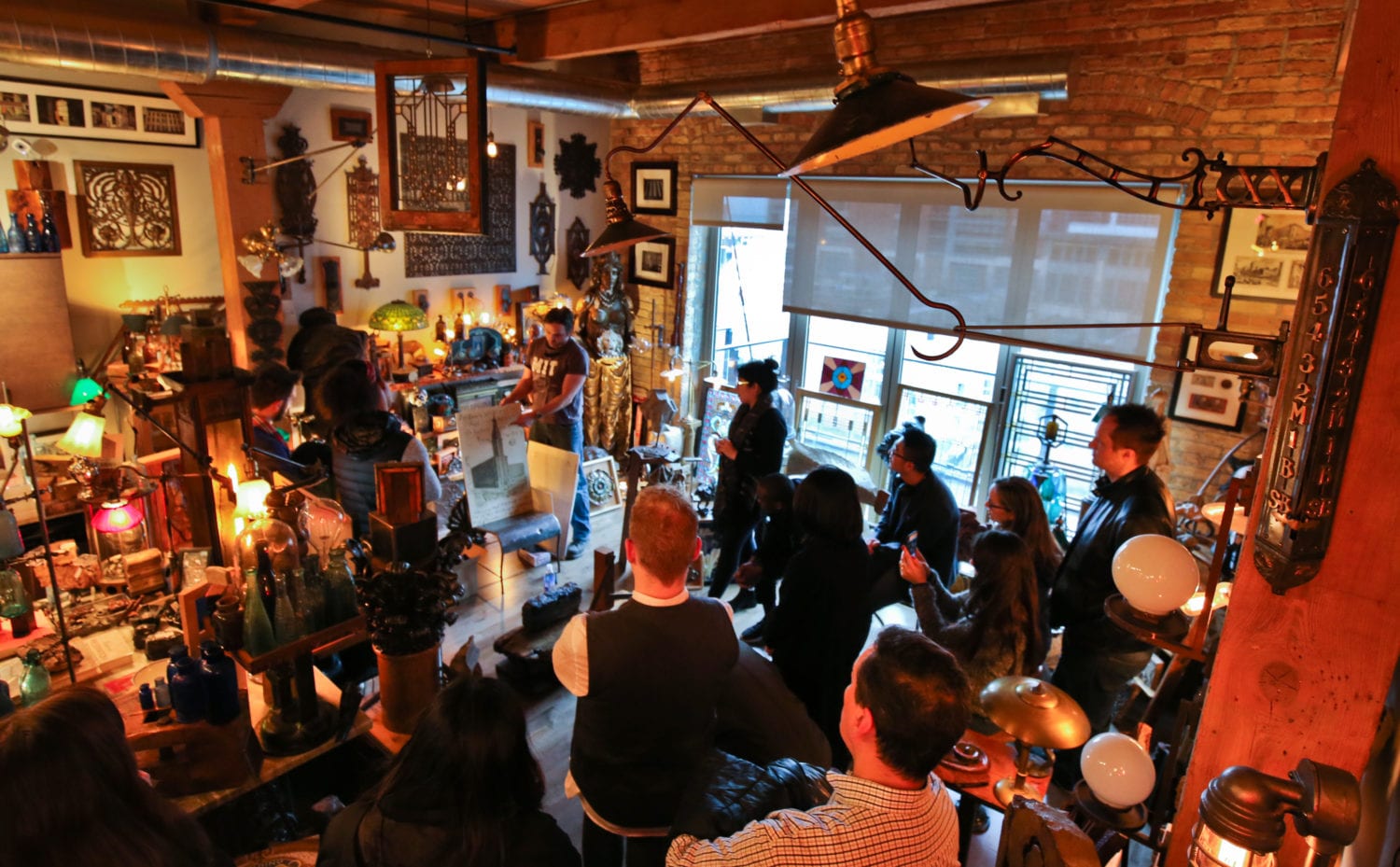
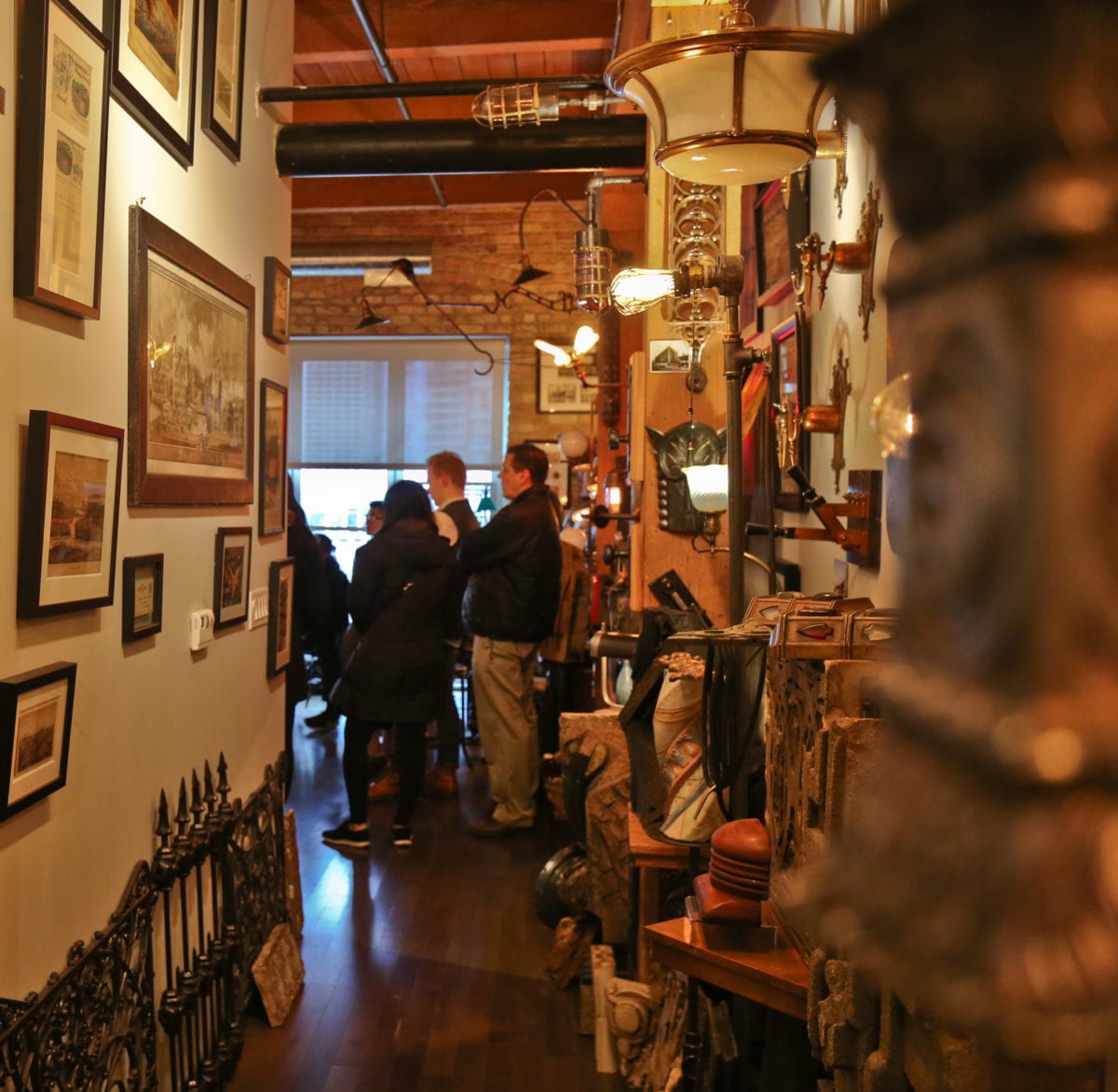
for nearly three hours, i lectured on a wide range of topics revolving around documenting (e.g., visually recording the "life cycle" of a building before, during, and after its destruction) structures faced with demolition, coupled with the process of salvaging architectural artifacts for reuse; the importance of assigning narratives to historically important objects and artifacts; and my three concurrent projects . the first of these is "deconstructing chicago," where i've been collecting data on both the materials and methods pertaining to balloon frame structures and how it was used in constructing chicago cottages built during the last half of the 19th century. the second project, "unearthing chicago," explores residential privy pits, where artifacts are catalogues to gain insight into and/or rebuild the daily lives of chicagoans based on what they left behind, along with documenting downtown excavation sites to dredge up buried artifacts used as fill during the demolition of the structures that existed there. the large amount of building fragments, intact foundations, and other objects belonging to buildings that have disappeared are being pieced back together through a investigative process dubbed "a city underneath a city." last, i have been steadily building upon "preserving chicago," where i am continually adding "systems," objects, assemblages, fragments and other remnants - big and small - that contribute to a collective architectural artifact database designed to represent buildings demolished or altered, their architects, and the materials and methods used to build them. whether it's a chicago cottage constructed during the "pioneer days," or a gargantuan movie palace built during the depression, the database is a repository of objects, ephemera and photographic images designed to offer a more cohesive understanding of a structure for research purposes.
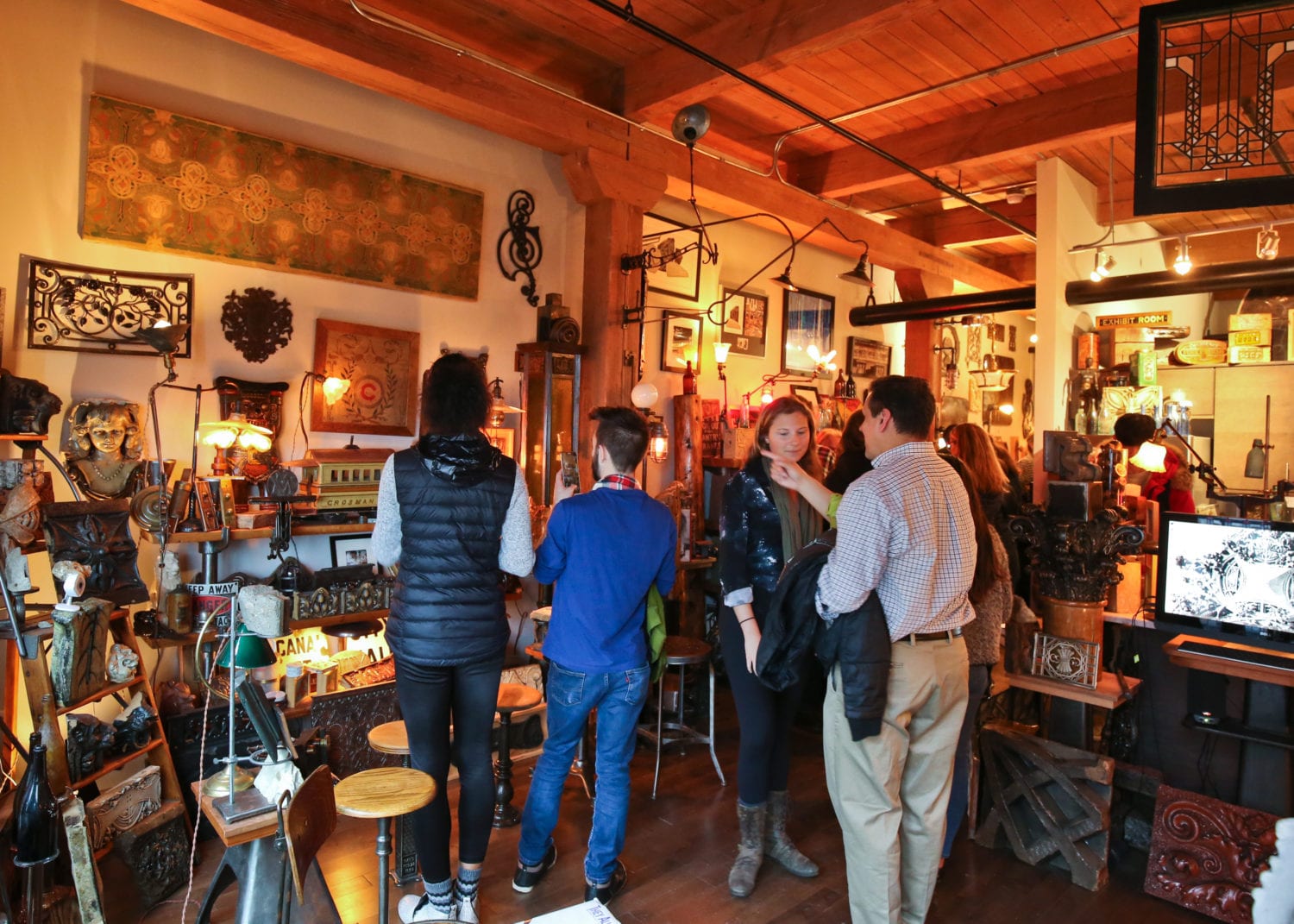
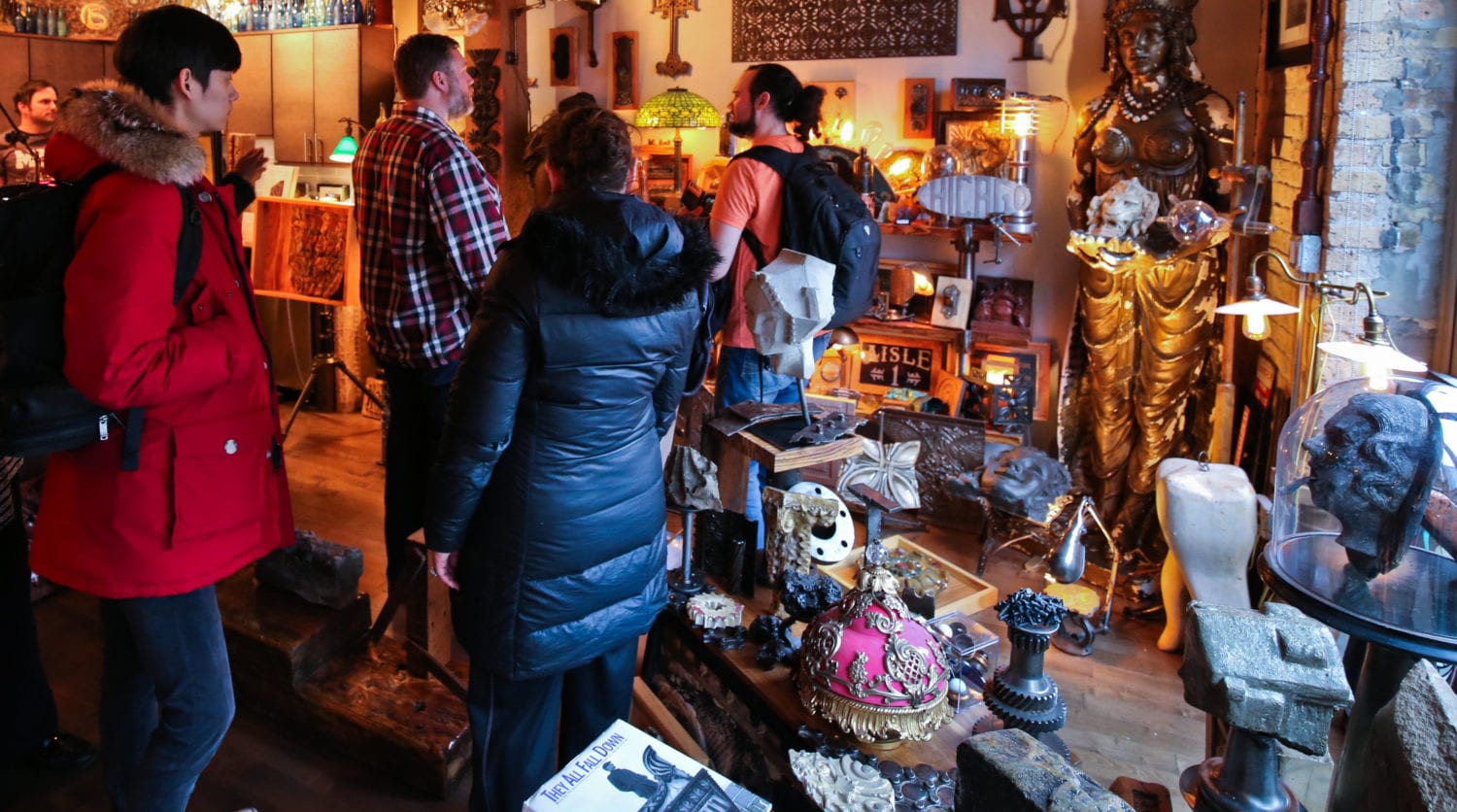 sidenote: i feel it's imperative that one engages an object in any and all ways necessary for them to fully understand it, so i always emphasize students handling objects to satisfy the senses, which no doubt provides greater insight into the materials and methods involved in the object fabrication and context as either a "stand alone (e.g., wall sconce) component or designed to be incorporated into a system (e.g. building facade). engaging the object drums up a line of questioning that otherwise would be lost without that sensory experience.
sidenote: i feel it's imperative that one engages an object in any and all ways necessary for them to fully understand it, so i always emphasize students handling objects to satisfy the senses, which no doubt provides greater insight into the materials and methods involved in the object fabrication and context as either a "stand alone (e.g., wall sconce) component or designed to be incorporated into a system (e.g. building facade). engaging the object drums up a line of questioning that otherwise would be lost without that sensory experience.
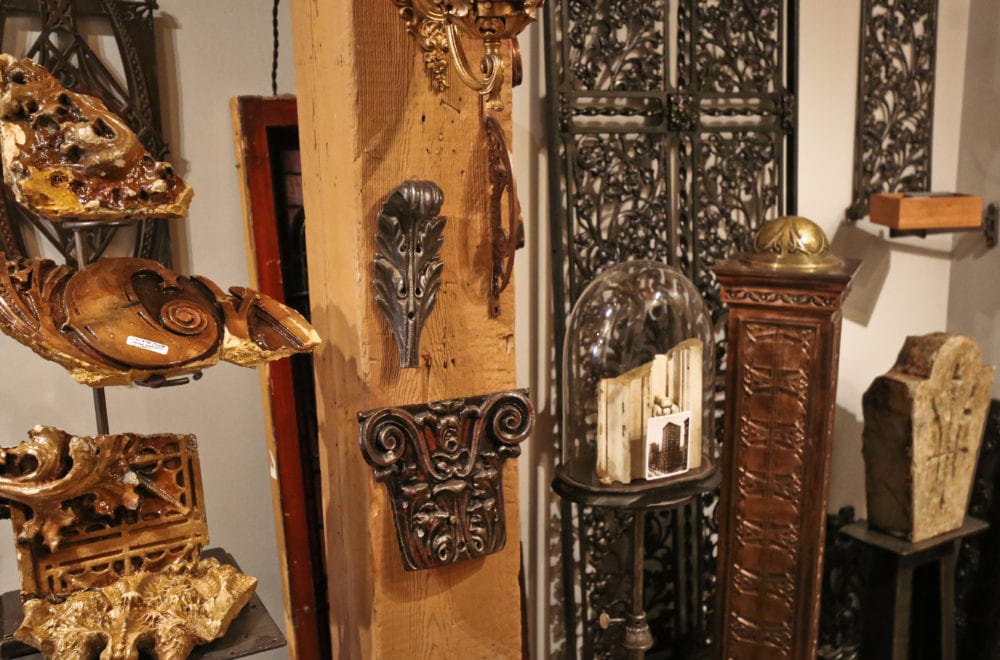
like previous lectures and exhibits, this field trip provided much-needed inspiration to begin crafting a syllabus to offer institutions in order to possibly land a role in becoming a lecturer and/or teacher in architectural history, preservation, material methods and analysis, and storytelling through objects' assigned narratives.
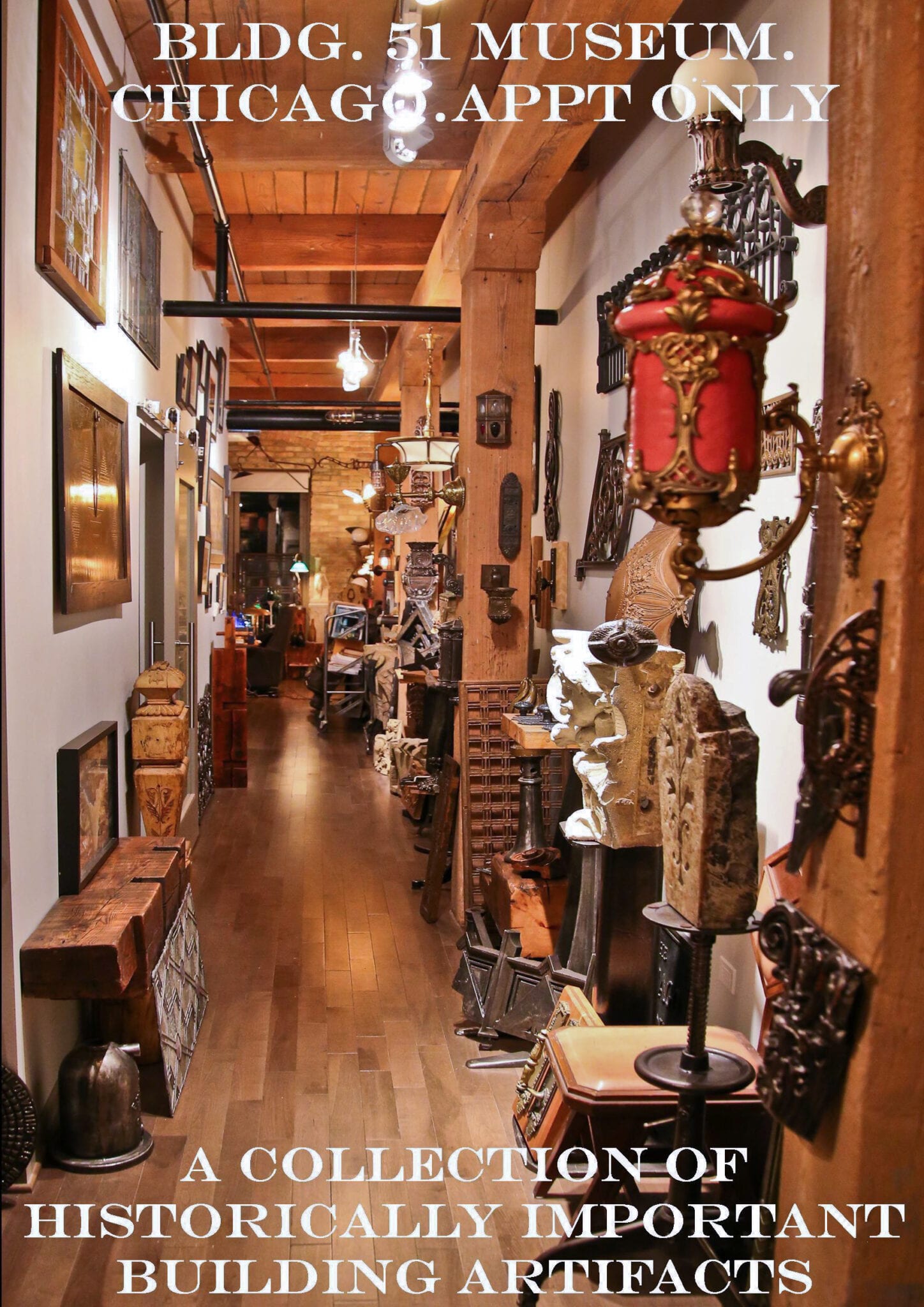
This entry was posted in , Miscellaneous, Bldg. 51, Events & Announcements, Featured Posts & Bldg. 51 Feed on March 9 2017 by Eric
WORDLWIDE SHIPPING
If required, please contact an Urban Remains sales associate.
NEW PRODUCTS DAILY
Check back daily as we are constantly adding new products.
PREMIUM SUPPORT
We're here to help answer any question. Contact us anytime!
SALES & PROMOTIONS
Join our newsletter to get the latest information
























